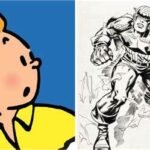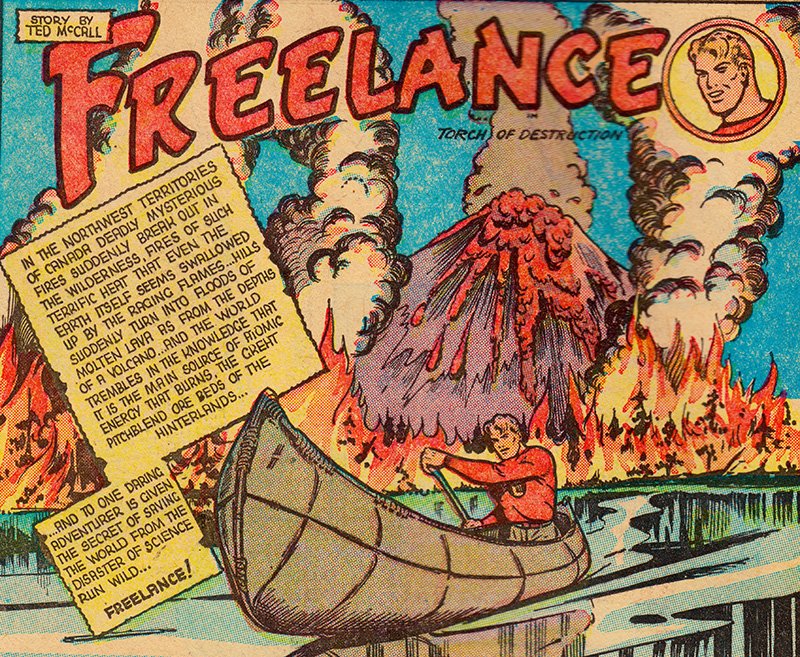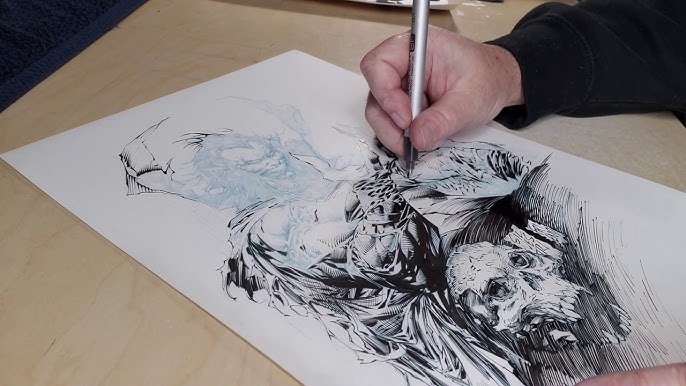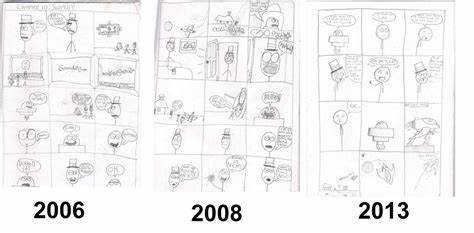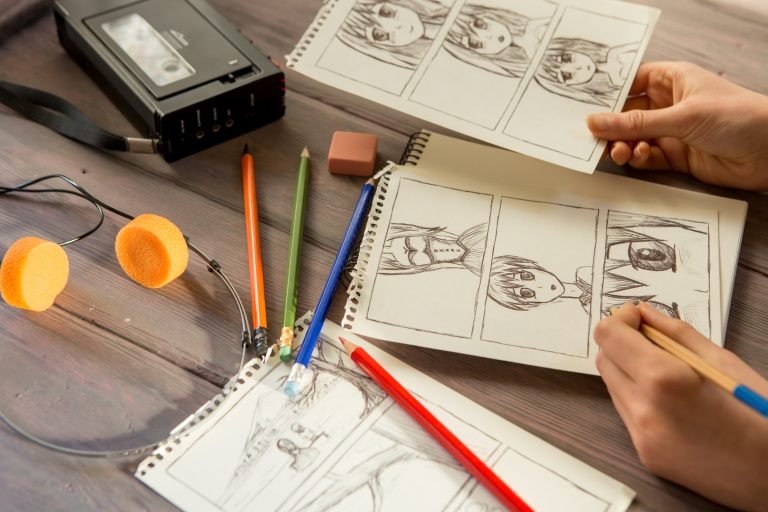Being a freelance comic book artist is an exciting and challenging career. Unlike working for a big company, a freelance comic book artist enjoys the freedom to choose projects, but they also face unique challenges. In this article, we will dive into the life of a freelance comic book artist, exploring the ups and downs, the rewards, and the struggles. If you’ve ever wondered what it takes to work in this creative field, read on!
1. What Does a Freelance Comic Book Artist Do?
A freelance comic book artist is someone who creates comic art without being tied to one company. They often work with different writers, publishers, or even self-publish their own comics. The job includes drawing characters, backgrounds, and scenes, as well as adding details and color. Sometimes, they are also responsible for designing the cover art. A freelance comic book artist must also be able to work with deadlines and communicate well with others, especially writers or editors.
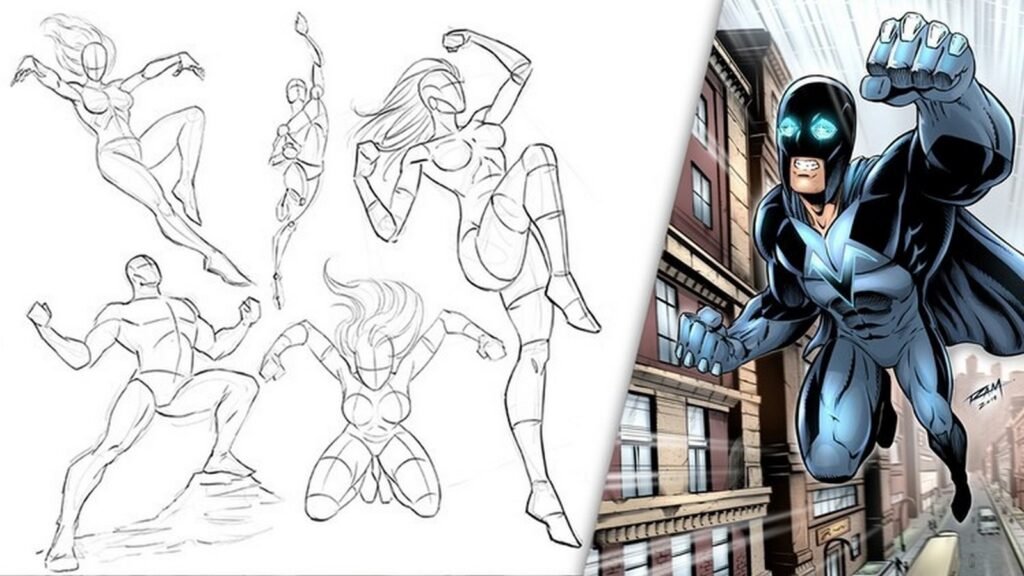
2. The Process of Creating a Comic Book
The life of a freelance comic book artist involves several steps to complete a comic. First, they get the script from a writer. This script is like a blueprint for the comic, telling the artist what to draw in each panel. Then, the artist begins sketching the characters and scenes. After the sketches are done, the artist adds details, ink, and colors to bring the story to life. Some artists may also add special effects, like shadows and lighting, to make the images stand out.
The process is time-consuming and requires great skill. A freelance comic book artist must be patient and focused to produce high-quality work. Working with a writer or editor can also be challenging because the artist needs to follow the script carefully while adding their personal style to the artwork.
3. Flexibility and Freedom
One of the best parts about being a freelance comic book artist is the freedom to choose your own projects. Unlike artists who work for large companies, freelancers have the ability to work on different comic book stories or even work for multiple publishers. This flexibility allows the artist to be more creative and work on projects that match their interests.
In addition, freelancers can set their own schedules. If an artist wants to work late at night or take a break during the day, they have the freedom to do so. However, the freedom also means that the artist must be responsible for managing their time well, as there are often tight deadlines to meet.
4. The Challenges of Freelance Life
While being a freelance comic book artist offers great freedom, it also comes with challenges. One major challenge is inconsistent income. Freelancers don’t have a steady paycheck like full-time employees. Instead, they earn money based on the projects they take on. Sometimes, there may be dry periods where there are fewer jobs, making it difficult to pay bills or save money.
Another challenge is the pressure to meet deadlines. Comic book artists often have to work long hours to finish their work on time. If a project is delayed, it can affect future work opportunities and damage the artist’s reputation.
Moreover, freelancers are responsible for their own marketing. They need to network, find new clients, and advertise their work to continue getting projects. This can be time-consuming and difficult, especially when the artist prefers focusing on creating art rather than promoting themselves.
5. Building a Portfolio and Reputation
For a freelance comic book artist, having a strong portfolio is essential. A portfolio is a collection of the artist’s best work, which they show to potential clients. This portfolio should showcase the artist’s style, skill, and range of abilities. It is important for a freelancer to keep updating their portfolio to reflect their latest projects.
In addition to the portfolio, building a good reputation is crucial. Word-of-mouth recommendations and positive reviews can help an artist get more work. Some freelance comic book artists work on small indie projects at first to build their experience and reputation. As they gain recognition, they can start working with larger publishers and take on bigger projects.
6. The Rewarding Side of Being a Freelance Comic Book Artist
Despite the challenges, there are many rewards to being a freelance comic book artist. The ability to create something from scratch and see it published is incredibly satisfying. Fans of the comic will appreciate the artist’s work, and the artist can feel proud to have contributed to the world of storytelling.
Moreover, the creative freedom allows comic book artists to express themselves in ways that other jobs may not. Some artists even use their work to comment on social issues, tell personal stories, or experiment with new artistic techniques. The sense of accomplishment from creating meaningful art is one of the most rewarding aspects of being a freelancer.
7. Conclusion: The Exciting Life of a Freelance Comic Book Artist
In conclusion, the life of a freelance comic book artist is full of ups and downs. The creative freedom and flexibility are exciting, but the challenges of inconsistent income and meeting deadlines are always present. With the right skills, passion, and determination, however, a freelance comic book artist can build a successful career and find joy in bringing stories to life through art.
If you love art and storytelling, being a freelance comic book artist might be the perfect career path for you. Just remember, it takes hard work and dedication to succeed in this competitive field. But with patience and persistence, the rewards can be well worth the effort.






